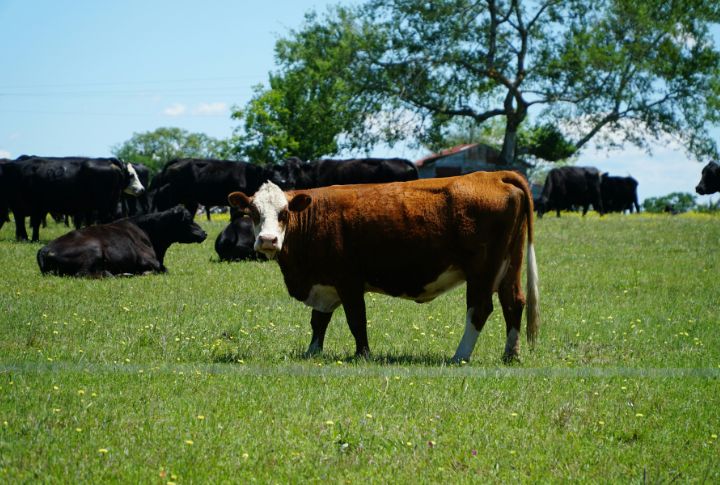
There are places on American soil where the mooing of cows drowns out morning alarms. In these corners of the country, cows reign supreme to shape both the terrain and the economy. Saddle up, because these states hold cattle populations that reach into the millions. The data below is sourced from the National Beef Wire’s official database.
Nebraska

Dominating the heartland, Nebraska has over six million cattle—more than three cows for every resident! Vast prairies offer endless grazing grounds, and beef production fuels both local pride and national supply chains. Your journey here reveals barns taller than some town halls and stockyards that hum like mini-cities after dark.
Texas

If you think 6 million is impressive, just wait. Everything is bigger in Texas, especially its cattle herds. Across endless ranches, over 12.2 million cattle roam the land. Texas easily leads the nation in cattle numbers, far surpassing Nebraska, which holds a distant second place.
South Dakota

Resting between rugged hills and whispering wheat fields, South Dakota celebrates a remarkable 3.55 million cow population. Every small town seems stitched together by dusty cattle trails and bright auction barns. You might even wonder whether the cows outnumber your fellow diners at the local cafe, and they probably do.
Colorado

Across Colorado’s sweeping plains and rugged highlands, cattle have carved their place into the story of the land. Today, more than 2.55 million cattle roam its pastures, thriving under the shadow of the Rocky Mountains. In this wild and open country, the act of ranching remains as timeless as the peaks themselves.
Kansas

Kansas waves its amber seas of grain not just for humans but primarily for its thriving cattle population. Nearly six million cattle (5.95 million to be exact) reside in the state, making beef its economic backbone. You might think tornadoes make the biggest impression here, but in truth, cattle herds rule.
California

California might be famous for tech and tinsel, but cattle quietly dominate its rural backbone. From the lush pastures of the north to the sunbaked valleys of the south, more than 5.05 million cattle graze across the state. Here, agriculture, specifically ranching, dominates beneath the golden sun.
Oklahoma

Cowboys still ride tall in Oklahoma, where a 4.6 million-cow culture binds past and present. Herds stampede across rolling plains, each hoofbeat an echo of Wild West legends. You’ll notice how the stockyards bustle like living museums to offer a front-row seat to one of America’s oldest and proudest rural economies.
Iowa

Beneath Iowa’s blue skies, fields hum with life, both corn-fed and cow-driven. Across rolling acres, herds of cattle outnumber residents in many towns, shaping the terrain and local economy. Currently, Iowa is home to over 3.5 million cattle, securing its place as one of the nation’s livestock giants.
Missouri

In Missouri, 3.95 million cattle move across the land like living rivers. Family farms stitch the countryside together, where weekend cattle drives remain cherished traditions. Venture down a gravel road at dusk, and you might catch a horned silhouette shimmering beneath the setting sun.
Montana

Montana’s vast open spaces and rolling grasslands make it a prime location for cattle ranching. With 1.25 million beef cows, the state is deeply rooted in ranching traditions. The rugged terrain and expansive pastures provide ideal conditions for raising cattle.
